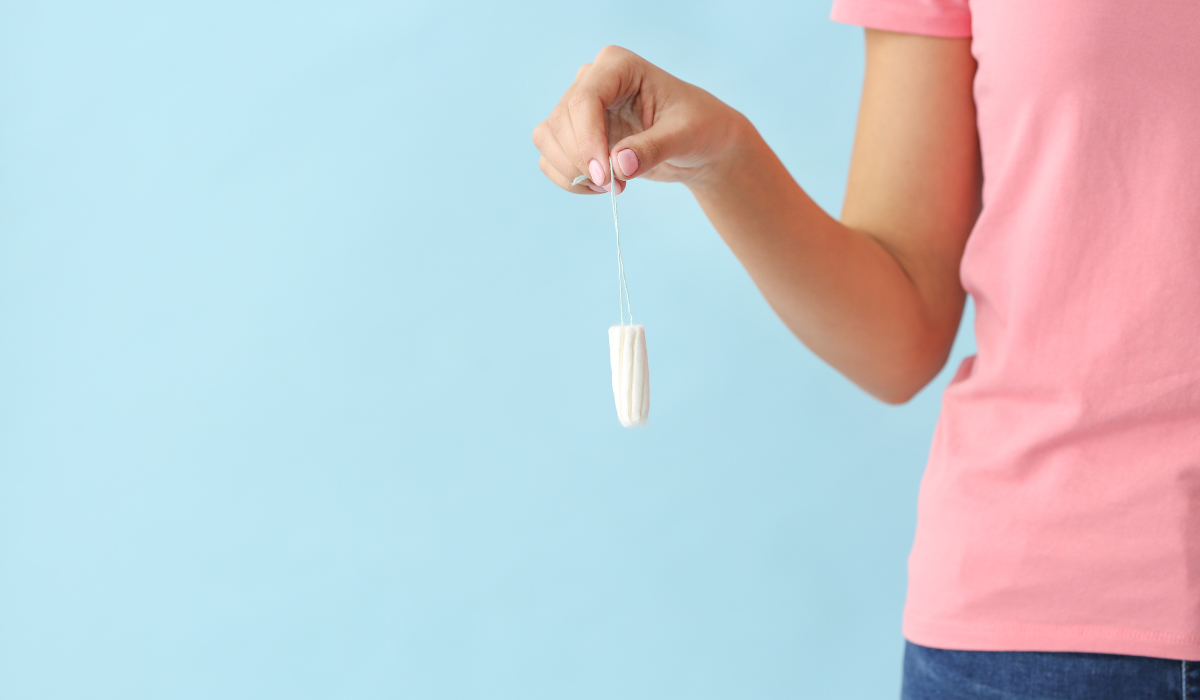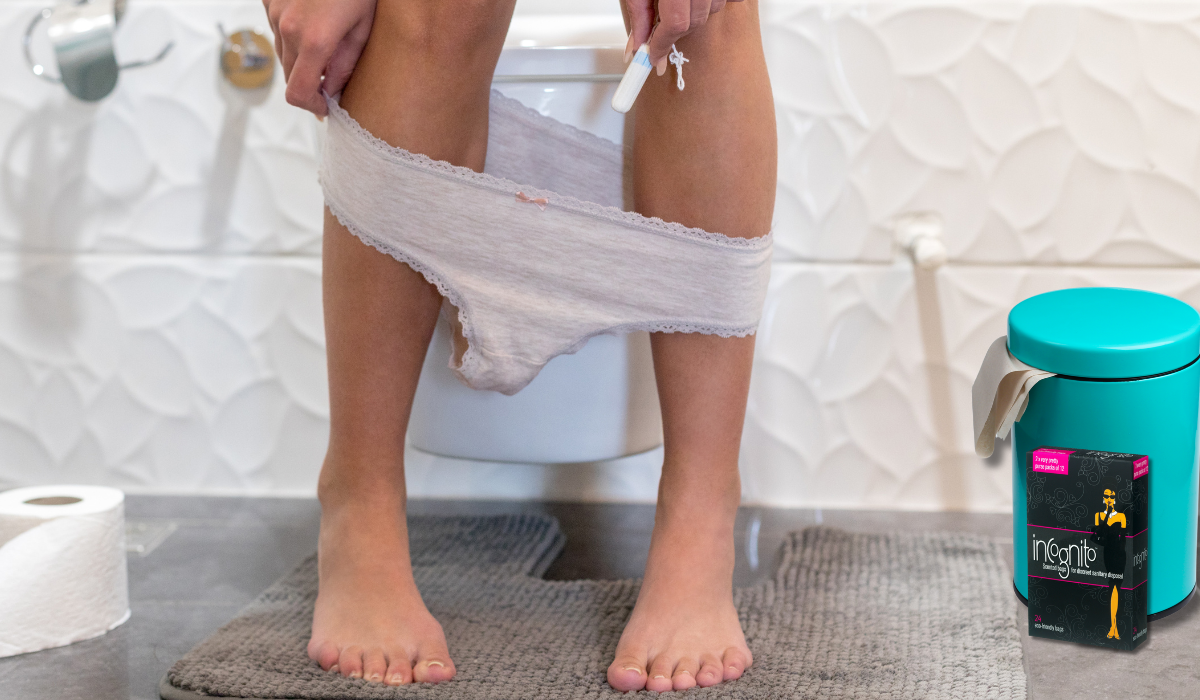Despite efforts to educate the public on the environmental and plumbing issues caused by flushing tampons, many women continue to do so. Understanding the reasons behind this behavior can help in creating more effective solutions. Here are some key factors contributing to this ongoing problem:
1. Lack of Awareness
Many women are unaware of the potential damage that flushing tampons can cause. Unlike toilet paper, tampons are designed to absorb moisture and do not break down easily in water. This can lead to plumbing blockages and contribute to environmental pollution when these products make their way into waterways.
2. Convenience
Flushing tampons is often perceived as the most convenient disposal method, especially in the absence of appropriate disposal bins. In public restrooms, where women may feel rushed or uncomfortable, flushing may seem like the easiest option.
3. Inadequate Facilities
Not all restrooms are equipped with proper disposal bins for sanitary products. This lack of facilities leaves women with few options, making flushing a default choice. Providing adequate disposal options in all restrooms is essential to address this issue.
4. Habit and Routine
Flushing tampons can become a habitual part of a woman’s bathroom routine. Changing ingrained habits can be challenging, especially when the negative consequences are not immediately visible. Efforts to promote new, environmentally friendly disposal habits must address this deeply rooted behavior.
5. Misinformation
Some tampon packaging and marketing materials have been misleading in the past, failing to clearly state that these products should not be flushed. Clear, consistent messaging from manufacturers about proper disposal methods is crucial.
6. Lack of Education
There is often insufficient education regarding the proper disposal of sanitary products. Schools, healthcare providers, and community organizations need to play a more active role in informing women and girls about the impact of flushing tampons and promoting better disposal practices.
Effective Solutions
To address these issues, a multi-faceted approach is necessary:
- Increased Education and Awareness Campaigns: Informative campaigns about the environmental and plumbing impacts of flushing tampons should be more widespread and accessible.
- Improved Disposal Facilities: Public restrooms should be equipped with proper disposal bins for sanitary products to make it easier for women to dispose of them correctly.
- Clear Packaging Instructions: Tampon manufacturers should provide clear, prominent instructions on packaging about the proper disposal methods.
- Behavioral Interventions: Encouraging women to adopt new disposal habits through behavioral interventions can help shift long-standing routines.
Alternative Solutions: Incognito Sanitary Bags
One effective and discreet way to dispose of sanitary products is by using sanitary disposal bags. ICD Online offers Incognito sanitary bags, which are specifically designed for the hygienic disposal of tampons, pads, and other sanitary items. These bags are small, easy to carry, and provide a convenient solution for disposing of sanitary products when you are on the go. Using these bags helps ensure that sanitary products are disposed of properly, reducing the risk of plumbing blockages and environmental pollution.

Conclusion
By understanding the reasons why many women still flush their used tampons, we can develop more effective strategies to promote proper disposal practices. Education, improved facilities, clear communication, and practical solutions like Incognito sanitary bags are key to reducing the environmental and plumbing issues caused by flushing tampons.
For more detailed information on the proper disposal of sanitary products and the impact of flushing them, visit Sydney Water’s guide on what not to flush (Global Citizen). By making small changes in our disposal habits, we can significantly reduce environmental pollution and protect our plumbing systems.
 Fresh & Crisp Tea Towel
Fresh & Crisp Tea Towel 
